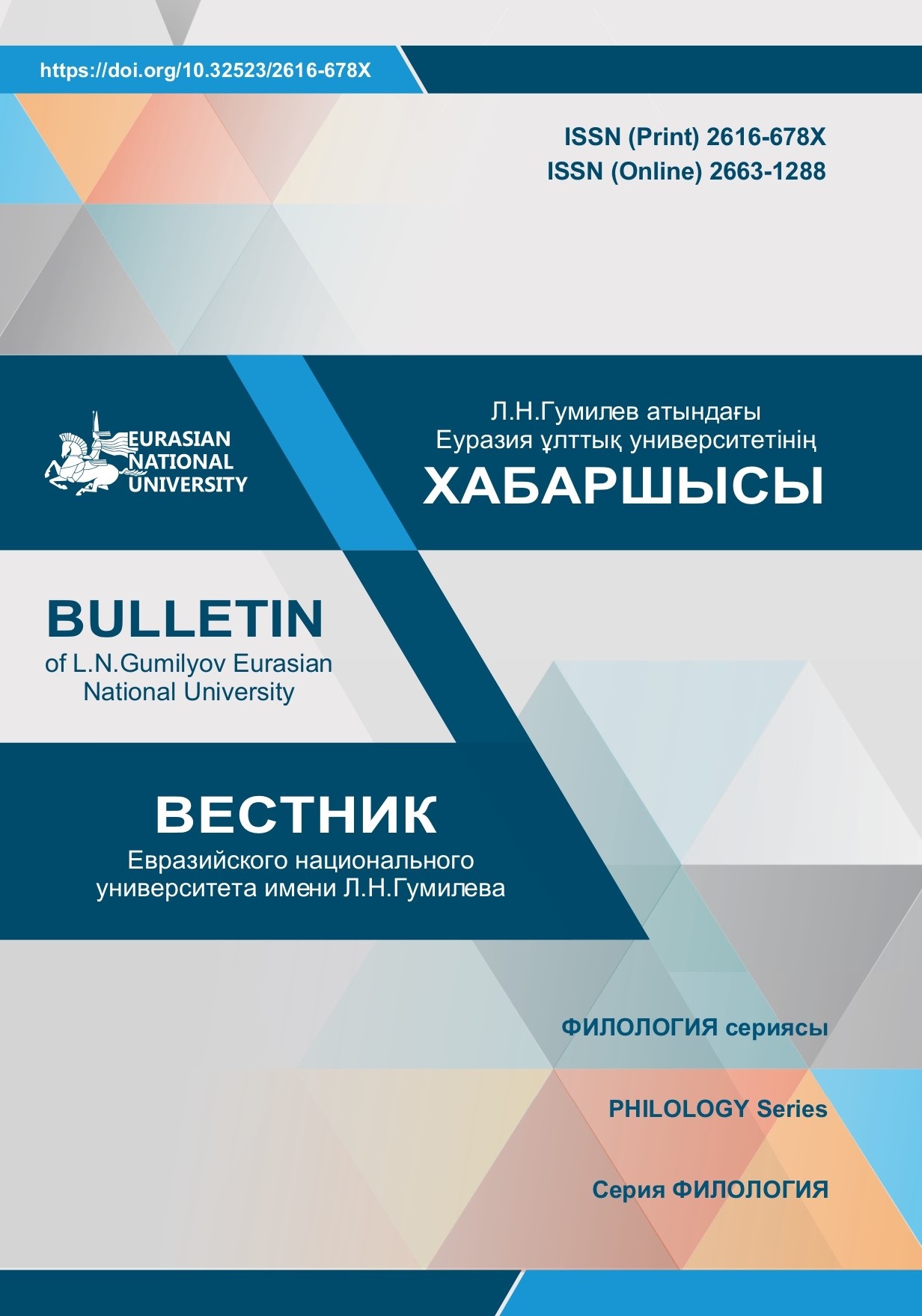Types and functional field of linguistic mediation
Views: 188 / PDF downloads: 128
DOI:
https://doi.org/10.32523/2616-678X-2024-147-2-81-96Keywords:
linguistics, communication, speech acts, mediation, interactive mediation, non-interactive mediation.Abstract
This article examines the challenges associated with mediation as a distinct form of language
engagement. Mediation, within the realm of general science, refers to a form of communication that relies on the collaborative efforts of two people. Effective application of mediation in addressing challenges,
disputes, and misinterpretations that arise during communication enhances the communication culture.
The subject is extensively debated among contemporary foreign linguists. Nevertheless, this is novel and has not yet been explored in the field of Kazakh linguistics, therefore making it pertinent in this context. The research work focused on linguistic mediation, providing an explanation of the concept of «mediation» and examining its various varieties. By examining instances from daily life and publications, the objective
is to uncover and demonstrate the role of the term in our language. Mediation can manifest as a distinct mode of interpersonal communication, or alternatively, it can assume a non-interactive role, serving just as a means to convey information from the sender to the receiver, devoid of any sort of feedback.
When performing a literature review to uncover the fundamental nature of this term, definitions from both international and domestic scientific sources that refer to mediation are organised and presented in
a methodical manner. The article includes methods such as generalisation, categorization, classification, analysis, and measurement. As previously mentioned, due to the lack of research in domestic linguistics
on this topic, theoretical results and practical explanations from foreign experts are used as a foundation.







